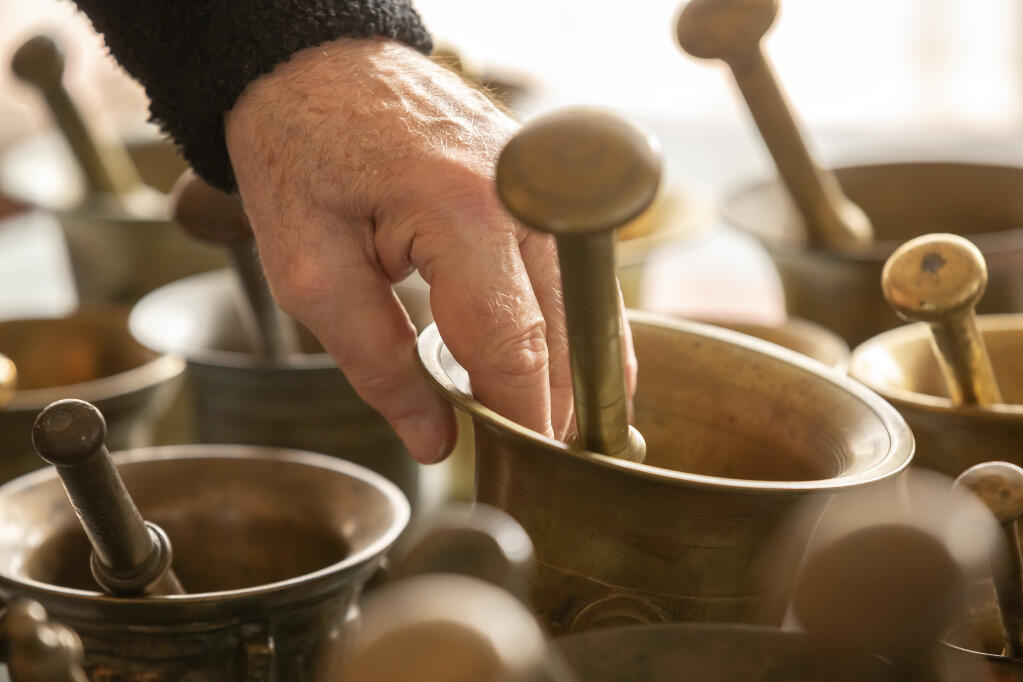October is Breast Cancer Awareness Month, and a friendly reminder that performing a self-check can result in early detection. Understanding hormones and normal monthly changes and talking to a physician and deciding what other screening methods are most beneficial is an essential step to checking breast health.
To start, schedule a self examination a few days after menstruation. If this is not applicable, pick a day once a month to perform an examination. Being aware of how both breasts look and feel will make it easier to detect minor physical changes. Note that minor changes will not necessarily mean there is something to worry about. During a breast exam, stay calm as a physical examination by a doctor will be required. As a result of this finding, a doctor may send you for additional screening, such as a mammogram, ultrasound and/or MRI.
Here is a five step how-to for self-examination. It is recommended that you journal your findings to share with your physician.
Step one
Face mirror with arms on hips and look at one breast at a time focusing on breast shape, colour and size. Take note of the nipple size, orientation, and colour.
Step two
Face mirror with arms raised and again, look at the shape, colour and size of both nipples and full breast.
Step three
Focus on the nipples and look for any signs of fluid being released.
Step four
Lay down and feel one breast at a time, using the opposite hand. With three flat fingers in close proximity, use a firm touch, along with a circular motion to cover the entire breast area from top to bottom and side to side. Include the area from the collarbone to abdomen, and from armpit to cleavage.
Step five
Either stand or sit and use the same hand motion and check the same areas as described in step four.
If you have a partner, their assistance may be helpful. Understanding the body and advocating for health will help detect early signs of breast cancer. Early detection saves lives.








